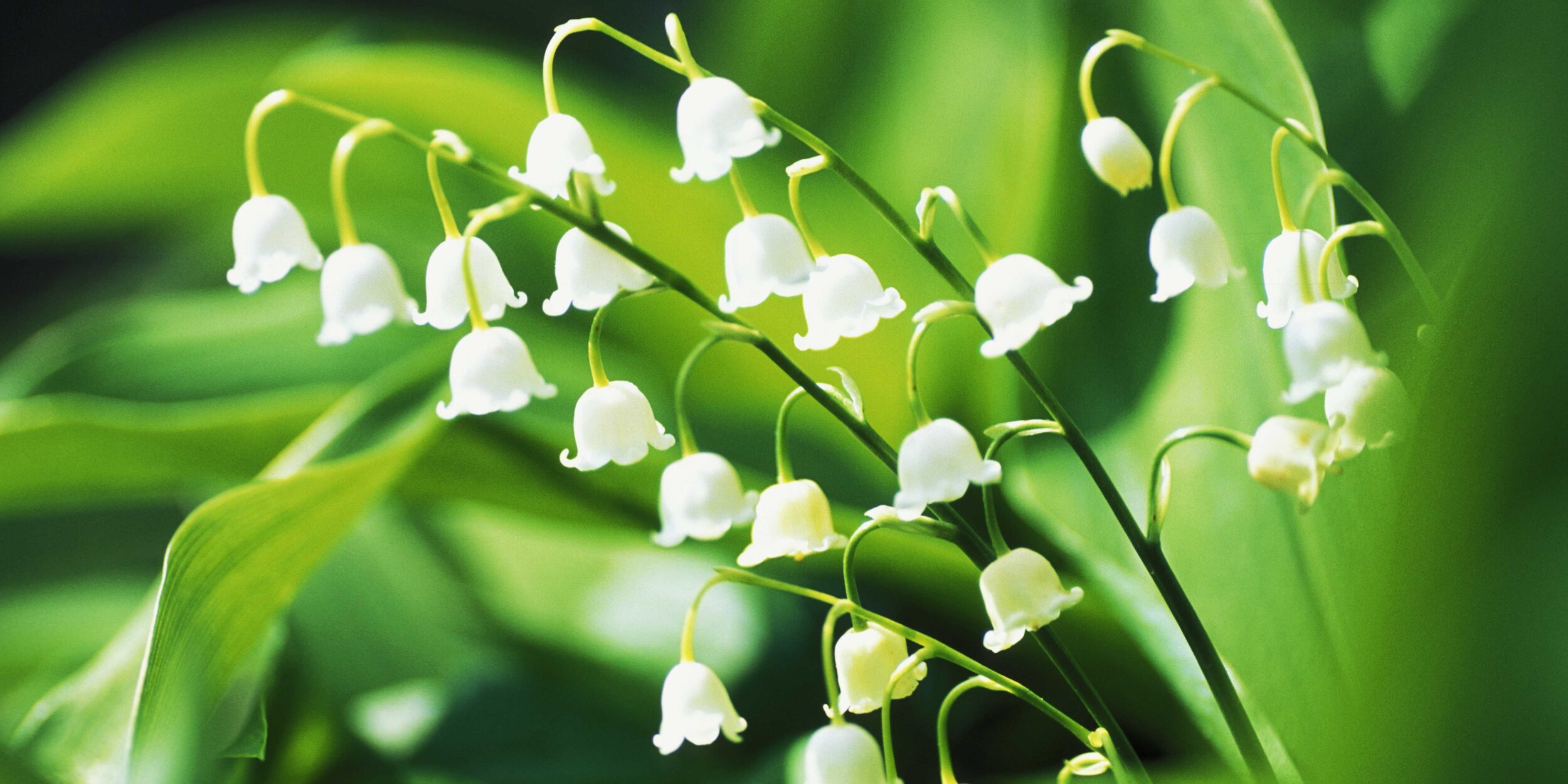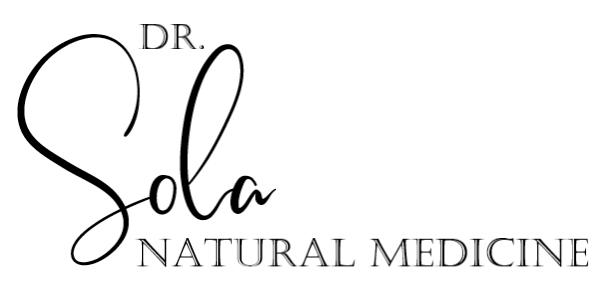
Convallaria majalis
Common Name: Lily of the valley
Family: Liliaceae (Lily family)
Parts used: Rhizome and leaf
Constituents: Cardioactive glycosides (convallotoxin), flavonoids
Taste/smell: Slightly acrid
Tendencies: Drying
Actions
Cardiac Tonic
Cardioactive Glycoside (positive inotropic, negative chronotropic)
Vasoconstrictive
Diuretic
Ganglionic trophorestorative
Uses
Cardiac Tonic:
Congestive heart failure (CHF)
Angina
Endocarditis
Mitral insufficiency
Heart palpitations
Arrhythmias
Cardiac decompensation
Similar to Digitalis in its action but it is faster-acting, milder, and appears to be non-cumulative
Mental Picture and Specifics
Lily of the valley is indicated for organic heart weakness with valvular insufficiency, edema, dyspnea, and venous stasis with a rapid and feeble pulse. The thoughts are dulled and the tongue is broad and thick with a heavy dirty coating that feels sore and scalded. The individual feels better in open air and worse in a warm room.
Contraindications
Pregnancy and lactation
Hypokalemia
Hypo- or Hypercalcemia
Hypomagnesemia
Ventricular arrhythmias
Kidney failure
Severe carditis
Adverse Effects
Generally no adverse effects are encountered at therapeutic doses
Bradycardia and other arrhythmias
Anorexia
Fatigue
Nausea and vomiting
Yellow-green halo around objects
Gynecomastia
Loss of libido
Toxicity
Much wider therapeutic window than Digitalis purpurea, although overdose can be lethal
Toxicity can be antidoted with potassium
Interactions
Toxicity potentiated by K+ and Mg2+-depleting drugs (i.e. diuretics, steroids)
Ca2+ can promote arrhythmias
Beta-blockers can cause heart block
Can cause false positives on EKG
Drugs that increase toxicity: alprazolam, antibiotics, anticholinergics, benzodiazepines, calcium channel blockers, ibuprofen, indomethacin, omeprazole, quinine, and quinidine
Drugs that decrease toxicity: aminoglycosides, antacids, antihistamines, barbiturates, chemotherapy drugs, cholestyramine, dietary fiber, oral hypoglycemic, penicillamine, phenytoin, rifampin, sucralfate
References:
Brinker, Francis J. Herbal Contraindications and Drug Interactions plus: Herbal Adjuncts with Medicines. Eclectic Medical Publications, 2010.
Kaufmann, Taylor. NPLEX II Study Guide. Wild Brilliance Press, 2019.
Lun, Vincent, et al. Core Knowledge for NPLEX 2. 1st ed., Marano Publishing Incorporated, 2014.
Marciano, Marisa, and Nikita A. Vizniak. Evidence Informed Botanical Medicine. Professional Health Systems Inc., 2015.
Sherman, John. The Complete Botanical Prescriber. Four Seasons Pub.
Skenderi, Gazmend. Herbal Vade Mecum: 800 Herbs, Spices, Essential Oils, Lipids, Etc., Constituents, Properties, Uses, and Caution. Herbacy Press, 2004.
Tilgner, Sharol. Herbal Medicine: From the Heart of the Earth. Wise Acres, 2020.





